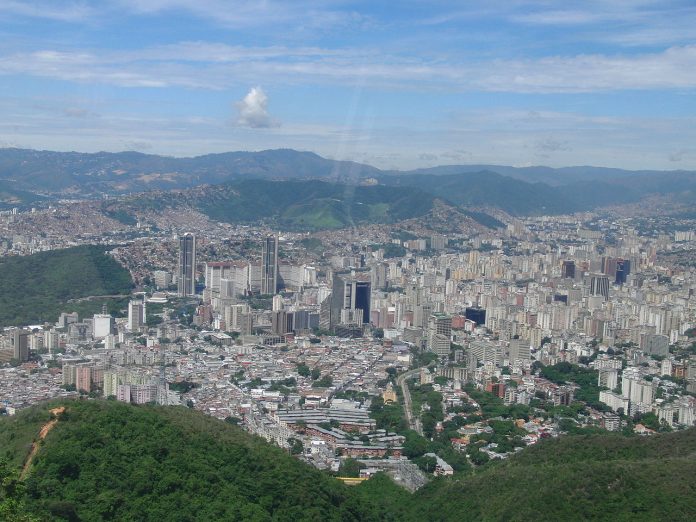
Is the United States about to embark on its biggest combat operation in Latin America since the days of Manuel Noriega? The combination of political ultimata, naval firepower, and disputed legal pretexts has brought the U.S.–Venezuelan confrontation to unprecedented dimensions. What originated essentially as an anti-narcotics mission became a high-stakes geopolitical crisis with potential to reshape the regional security environment.
Over the past weeks, Washington has mixed diplomatic overtures with overt shows of force, sending its most advanced carrier strike group into the Caribbean while designating Venezuela‘s purported Cartel de los Soles a foreign terrorist organization. Caracas has responded with mass mobilizations and defiance, and both sides have pressed the limits of deterrence. Here are the nine most critical dynamics shaping the crisisand what they could mean if tensions escalate further.

1. USS Gerald R. Ford: Strategic Arrival
The deployment of the USS Gerald R. Ford Carrier Strike Group is the largest US naval presence in the Caribbean since the Cuban Missile Crisis. The Ford is accompanied in the deployment by Arleigh Burke-class destroyers USS Bainbridge, USS Mahan, and USS Winston S. Churchill. Four squadrons of F/A‑18 Super Hornets, E/A‑18 Growlers, E‑2D Hawkeyes, and MH‑60 helicopters fly from the Ford. To Admiral Alvin Holsey, the move represented “a critical step in reinforcing our resolve to protect the security of the Western Hemisphere.” While carriers are not optimized for maritime interdiction, the fact that this one has a sustained air strike capability and can provide amphibious support makes a very clear statement to President Nicolás Maduro.
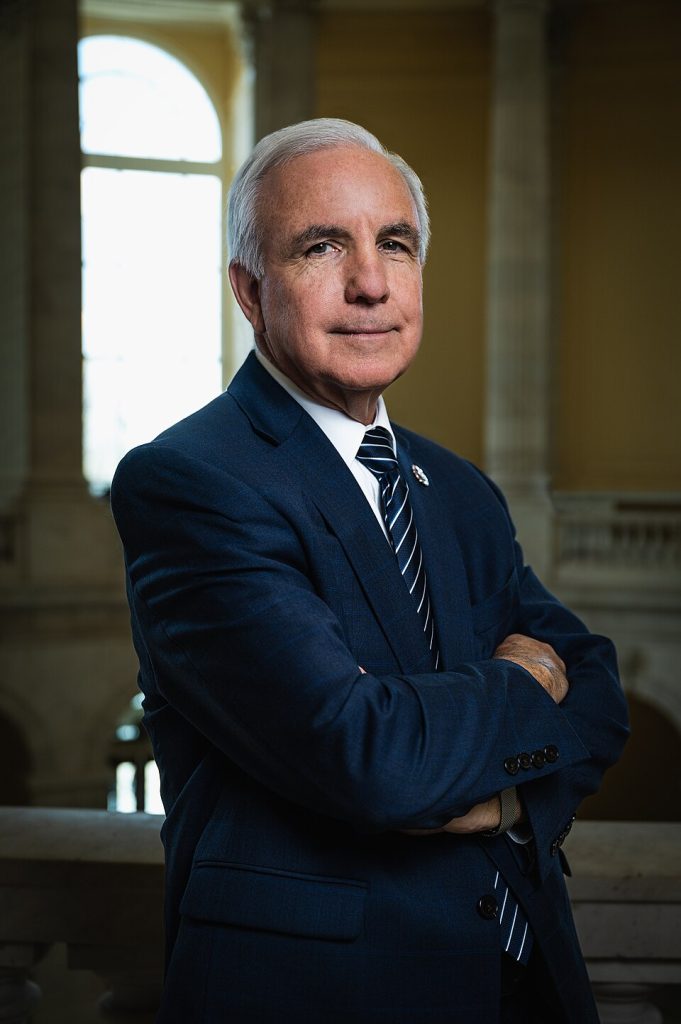
2. Operation Southern Spear and Expanded Rules of Engagement
The Pentagon has folded the Caribbean buildup into Operation Southern Spear, an expanded counter-narcotics mission. US officials have signaled that designating Cartel de los Soles as a foreign terrorist organization would allow strikes on assets and infrastructure inside Venezuela. “It allows us to attack them militarily within the framework of US law,” said Representative Carlos Gimenez. That authority would be a major escalation from ongoing sea-based interdictions to possible land-based strikes.

3. More maritime strikes against vessels suspected of drugs
American forces have carried out at least 21 strikes against suspected drug‑smuggling boats in the Caribbean and eastern Pacific since September, killing upwards of 80 people. Most of the attacks have been carried out by MQ‑9 Reaper drones and AC‑130 gunships. International law experts are among critics saying such killings are extrajudicial, unauthorized by Congress and without public evidence. “Narcoterrorists” is the administration name for such targets, but legal and proportionality debates are very far from resolved.
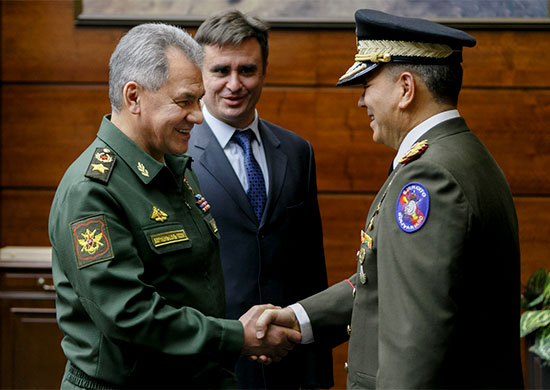
4. Venezuela’s Nationwide Mobilization
In response to the U.S. build-up, Defence Minister Vladimir Padrino López announced the deployment of nearly 200,000 troops under the Independence Plan 200. Exercises involve land, air, naval and reserve forces, with Caracas portraying the mobilization as a stand against “imperialist aggression.” Although Venezuela’s active forces number 337,000, including paramilitaries, analysts underline deficiencies in training, maintenance and naval capability in respect to those of the U.S. forces. ‘
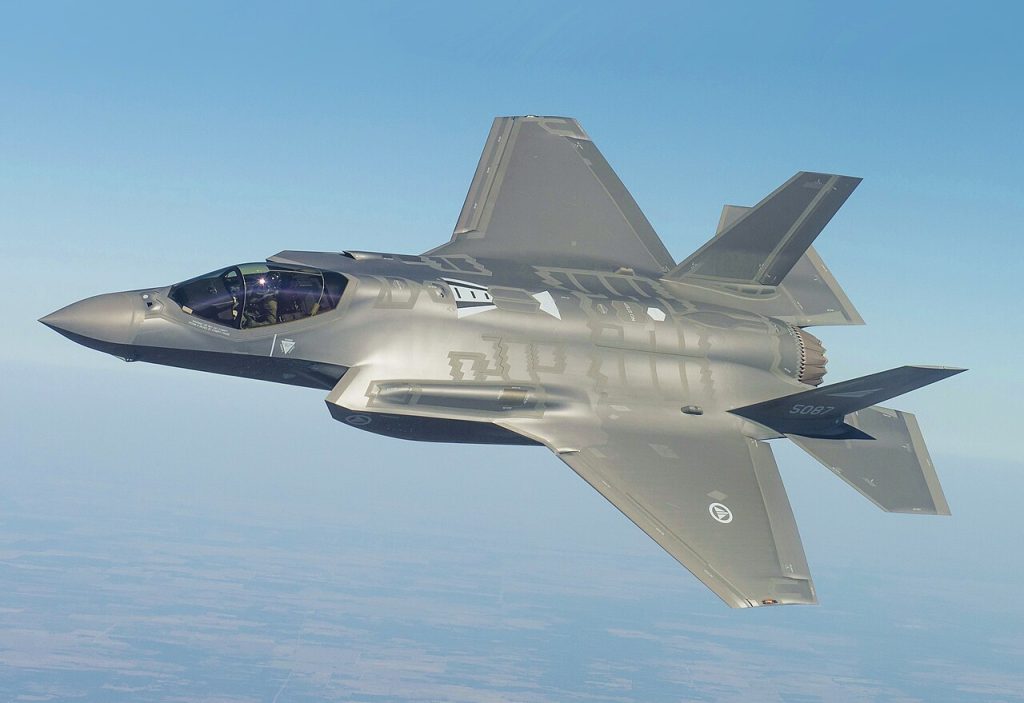
5. Airpower Balance and Venezuelan Defenses
The Venezuelan air force operates about 21 Su‑30 fighters armed with Kh‑31A supersonic anti‑ship missiles, supported by a declining fleet of F‑16s that suffer under the weight of sanctions. U.S. F‑35 stealth fighters in theatre are well-placed to counter such assets and suppress air defences. As retired Admiral James Stavridis judged, “Venezuela has older, untested, and poorly maintained air defense systems” and U.S. fourth‑ and fifth‑generation fighters would dominate any engagement

6. The urban battlefield factor
Should the operations be on the ground, as many as 80% of Venezuela’s population lives in urban areas; Caracas would most likely be the focal point, with its 3 million citizens. Henry Ziemer of CSIS commented that “the chances that there will be an urban characteristic to a campaign are incredibly high–close to 100%.” This would bring logistic and humanitarian issues into the battle space, increasing the potential length of operations.
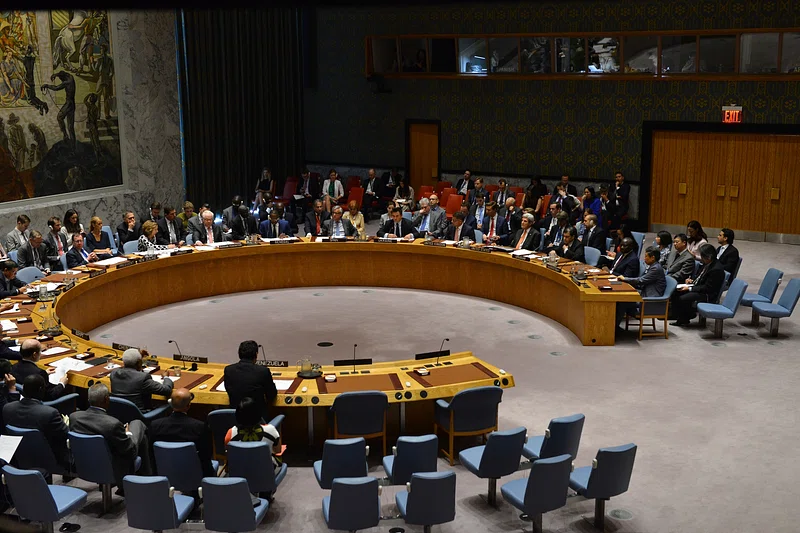
7. Legal Controversy over Self-Defense Claims
Scholars of international law question whether drug trafficking would constitute an “armed attack” sufficient to authorize force under Article 51 of the UN Charter. Thus far, the jus ad bellum analysis suggests that self‑defense claims are weak except insofar as the cartels engage in direct, violent acts on a large-scale. Without consent from the host state-or at the very least authorization from the UN Security Council-entering Venezuelan territory risks violating the bounds of sovereignty.

8. Diplomatic Signals and Oil Leverage
Even against the backdrop of military posturing, President Trump has acknowledged the possibility of talks with Maduro, reportedly pegged to Venezuela’s rich oil reserves. The New York Times reports that Maduro offered to grant the US rights to much of its 300 billion‑barrel reserves in exchange for a cessation of military action. Though those talks stalled, the carrier deployment is seen by some officials as leverage to force concessions.

9. Regional and Domestic Political Calculations
The buildup has received mixed reactions across Latin America. Though Trinidad and Tobago has hosted joint exercises with the U.S. Marines, other neighbors warn against escalation. Domestically, Senate Republicans blocked legislation aimed at limiting the president’s ability to strike at Venezuela without Congressional approval. As noted by analysts such as Carlos Pina, after such a large deployment, “it would be a political and diplomatic defeat to do nothing,” raising pressure for some form of action.
The U.S.-Venezuela confrontation now depends on a volatile mix of military capability, political will, and legal ambiguity. Each side is maneuvering to shape the strategic narrativeWashington through force projection and legal designations, Caracas through mobilization and appeals for dialogue. Whether this standoff remains a war of words or crosses into kinetic action will depend on decisions made in the coming days, under the watchful eyes of regional actors and global powers alike.
